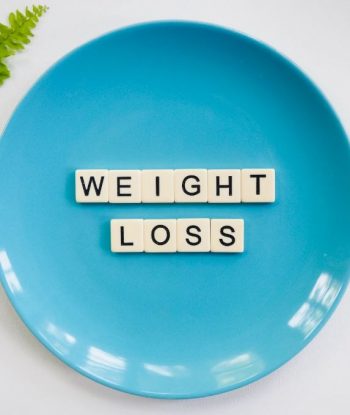 Photos, images and graphics are great additions to any website. A graphic helps people to understand the topic and gives them an instant frame of reference. Graphics also make beautiful headers or logos which instantly define your website. The funny part about images is – people usually think the site with graphics is better. Even if a plain site has better content and more information, visitors automatically gravitate to images.
Photos, images and graphics are great additions to any website. A graphic helps people to understand the topic and gives them an instant frame of reference. Graphics also make beautiful headers or logos which instantly define your website. The funny part about images is – people usually think the site with graphics is better. Even if a plain site has better content and more information, visitors automatically gravitate to images.
Despite the fact that images are beneficial, there are rules in their use, and ignoring internet protocol could be a disadvantage to your website. After all, web browsers give users the option of turning graphics off which means there is a valid reason for not loading images.
Unfortunately, many webmasters get carried away with their perceptions of what visitors need. They either think big is good or they do not think at all, and just upload all kinds of massive file sizes to the server. But, the bottom line is if you use a large photo, expect there to be negative consequences.
Following is a list of reasons why you must limit your images and understand the importance of keeping file sizes of your images small.
- Big graphics make your pages load too slowly. This in turn forces your visitors to leave and no-one sees your website anyway. You have now lost your chance to make money!
- Search engines are seriously thinking about adding “load time” equations to their algorithms. Specifically, this means that a site that takes too long to load for whatever reason (server, large file sizes, viruses), will be penalized because the pages are not useful to internet users. And if you think about this, it makes sense because there are simple ways to avoid these issues.
- Probably the most important reason why your image file sizes should be smaller is how people connect to the internet. Although broadband is popular, dial-up on telephones is still the predominant way to access the internet for most users. You have effectively removed yourself from the market if you post large photos!
- Also, although you may think that people should get better computers, the truth is many people still use older computer hardware, older browsers, and older operating systems. No-one cares how good your photos are if they take twenty minutes to load.
Here are a few pointers about making the right size image files.
- Do not resize your photos in the html. I am not exactly sure why but there was a period years ago when it seemed to be acceptable to upload any size photo to the server, and within the html code, where the image was called upon, to give it smaller width and height attributes. Now, it just doesn’t make any sense to do this. You are creating more work for the server, and are still causing the page to load slowly because the photo has to be crunched before the person sees it.
- Use a compression software or utility to make the file size smaller. There are many free ones available and programs like Photoshop have the feature.
- Just make the image smaller yourself. This can be done in so many programs and one may already be on your computer.
- For the internet, photos should really not be any higher then 72 dpi. And if your digital camera shoots at 300 dpi, make sure to compress those photos for your website.
- Photo quality images are usually given the extension (.jpg) whereas clipart is (.gif). If your photos look good as GIFs, then go ahead and do that, otherwise keep as JPGs but follow one of the methods to resize the images.
 There are various web hosts available and many of them offer the same basic features. When it comes down to it, you need to figure out what features you need for your website, always keeping in mind the long term potential. Also note that it is easier to upgrade than to downsize, so go with the most appropriate plan.
There are various web hosts available and many of them offer the same basic features. When it comes down to it, you need to figure out what features you need for your website, always keeping in mind the long term potential. Also note that it is easier to upgrade than to downsize, so go with the most appropriate plan.


